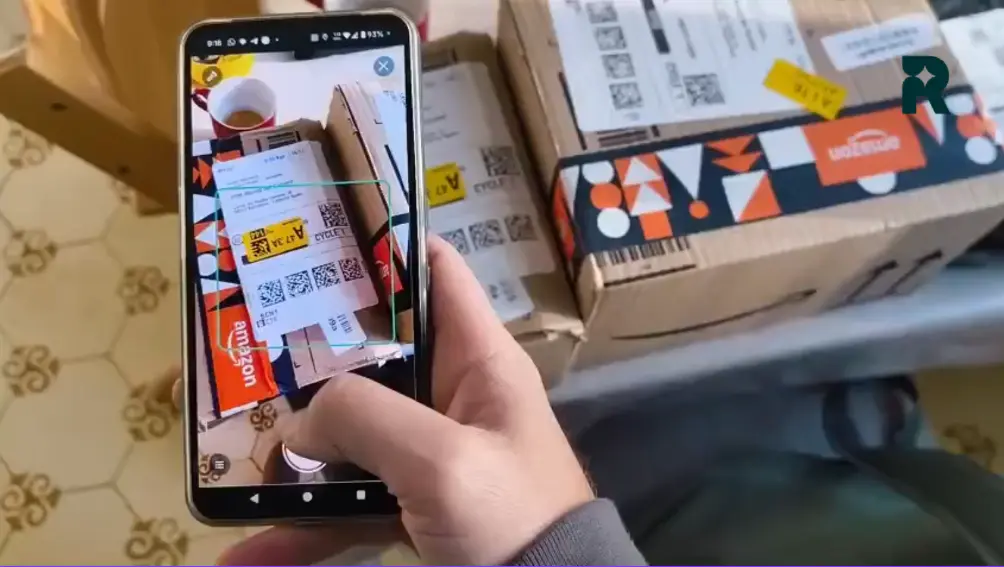Webapp VS. Native App. Eliminating friction in the last link, the divider. Everything you need to know.
.png)
Last-mile logistics is a business of cents and seconds, every cent counts, every second matters. Making your deliveryman's life more agile, simple and efficient will have a bigger impact than you may be aware of.
Surely you are looking for an app, and just thinking that you will have to explain to all the delivery people how to install it, if it will work on their phones, especially that of external distributors that change every day, among many other problems... you will think that paper is not such a bad solution.
Perhaps there are alternatives other than an app that requires installation, which will be even faster and more convenient than handing over a paper. We are going to see the big differences between a native app, a webapp and finally paper.
.png)
In any change, it is important to identify the main aspects that will mark the success of the change. When adopting a digital solution for delivery people, it is important to reflect on 3 aspects:
- Installing the tool
- The training of the tool
- The adoption of the tool.
Installing the tool
Before deciding on a tool, it is important to thoroughly study the installation process of the chosen tool. A native app will require knowledge on the part of the user when installing apps. Browse the different app stores, until you find the right one. Finally, share with the user their credentials (username and password) in order to access their account. This process must be repeated with all the delivery people, and you will probably have a high turnover, so it will be a process that must be done on a regular basis.
The Routal webapp allows you to speed up this entire process with simple access to a link sent by email, WhatsApp or any other means. It is a very simple and convenient system, especially in companies that work with outsourced services for their operations and these can change daily.
In addition, one of the risks of native apps is support for different models. There are more than 24,000 different models on the market and it's virtually impossible to support all of them. On the contrary, a webapp like Routal's is based on standard HTML code supported by all devices in their native browser. There's nothing worse than hearing a delivery guy say, it doesn't work on my cell phone.
Formation
Training is a key step in using any tool. In general, all mobility tools are usually easy to use by field workers, delivery people, or any employee.
In this video you can see how simple the Routal application is. It doesn't take our customers more than 3 minutes to teach their delivery people how it works.
Adoption
Adopting tools is the most difficult task in any company. Changing the status quo (the company's usual way of working) can be a big challenge. To be successful in this type of project, there is a secret: Generate more convenience to users with the new process.
The application must save time, be simpler than the current solution and, above all, it must make life easier for the worker.
For example, in the Routal webapp, you have a button for direct access to Google Maps or Waze that will fill in the address and guide the delivery person to the delivery point in a single click. Saving a few seconds of copying the address, with the possible errors you may make.
One of the tasks that delivery people do the most is answering the phone. Making calls to customers, receiving calls from their manager to know the status of deliveries, and a long time. Saving 30 seconds by copying a customer's phone number may seem insignificant, but if that task is repeated dozens of times throughout the day, we may be talking about savings of more than 20-30 minutes. Time that can be spent making more deliveries, or avoiding an accident.
Another advantage of digitalization is the ability to share information in real time asynchronously. For example, the status of the deliveries, or the photographs themselves, allow customers and managers to be aware of the status of their delivery and everything that happened at the time they need it. Without bothering, or having to wait. Real-time information, better decisions and more convenient service.
In conclusion, a simple tool that improves the performance of delivery people and is more convenient than the current solution are the keys to achieving the success of a delivery monitoring project.
I encourage you to try our solution Routal Planner route optimization, delivery monitoring through a webapp and real-time communication with your customer.



%20(25).webp)
%20(24).webp)

%20(22).webp)


.png)


